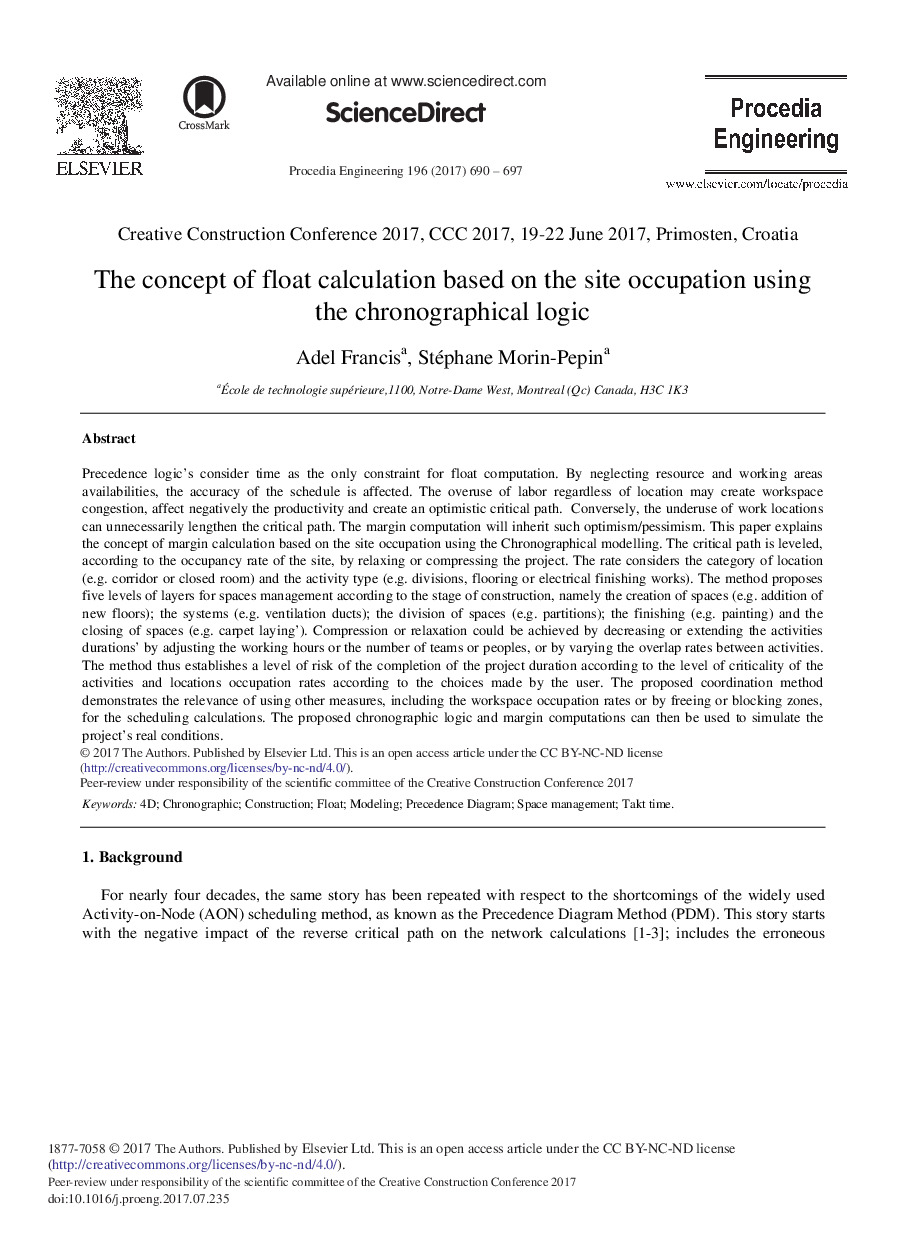ترجمه فارسی عنوان مقاله
مفهوم محاسبه شناور براساس شغل سایت با استفاده از منطق زمانی
عنوان انگلیسی
The Concept of Float Calculation Based on the Site Occupation using the Chronographical Logic
| کد مقاله | سال انتشار | تعداد صفحات مقاله انگلیسی |
|---|---|---|
| 104664 | 2017 | 8 صفحه PDF |
منبع

Publisher : Elsevier - Science Direct (الزویر - ساینس دایرکت)
Journal : Procedia Engineering, Volume 196, 2017, Pages 690-697

